THE RAREBIT FIEND OF 23 MIDDAGH ST (1906)
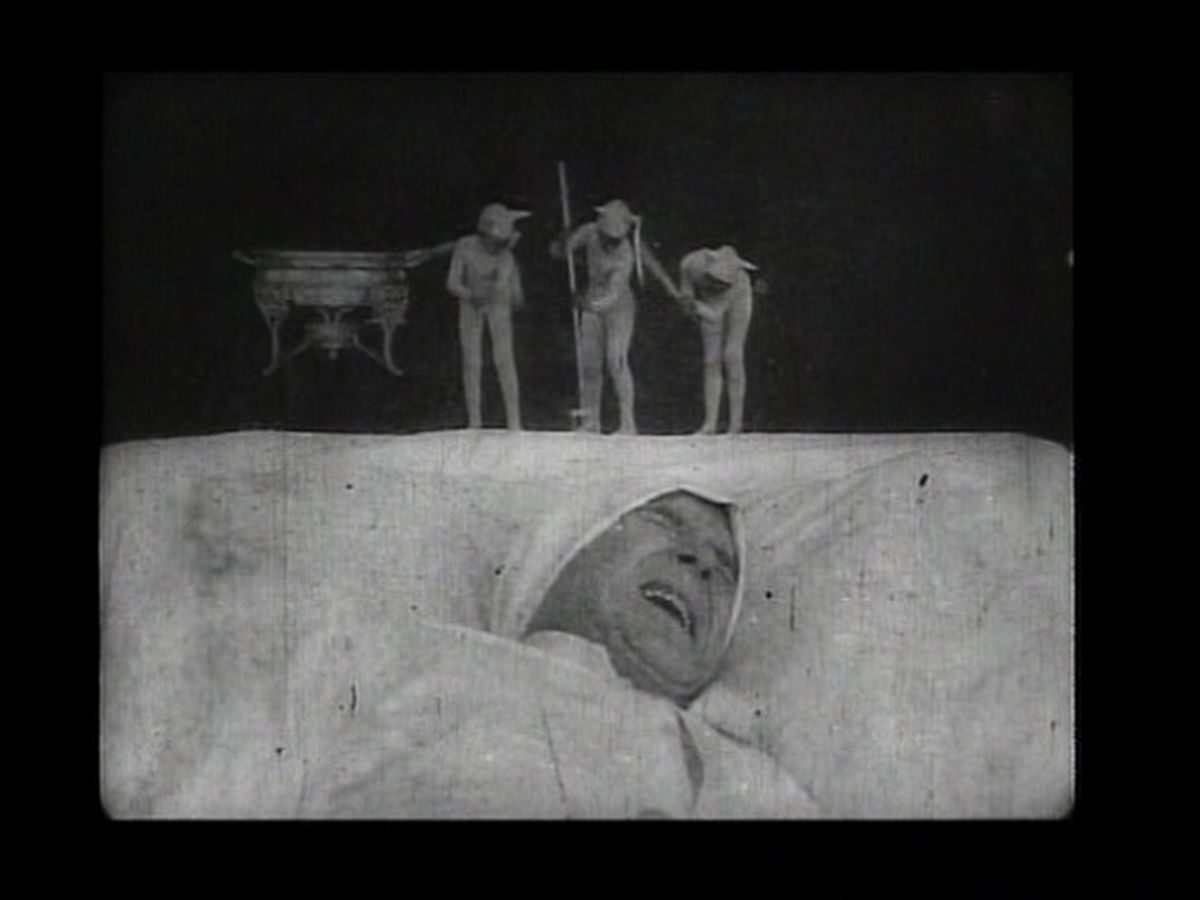
Brownstone Detectives investigates the history of our clients’ homes.
The story you are about to read was composed from research conducted in the course of one of those investigations.
Do you know the history of YOUR house?
********************************************************************************************************************************
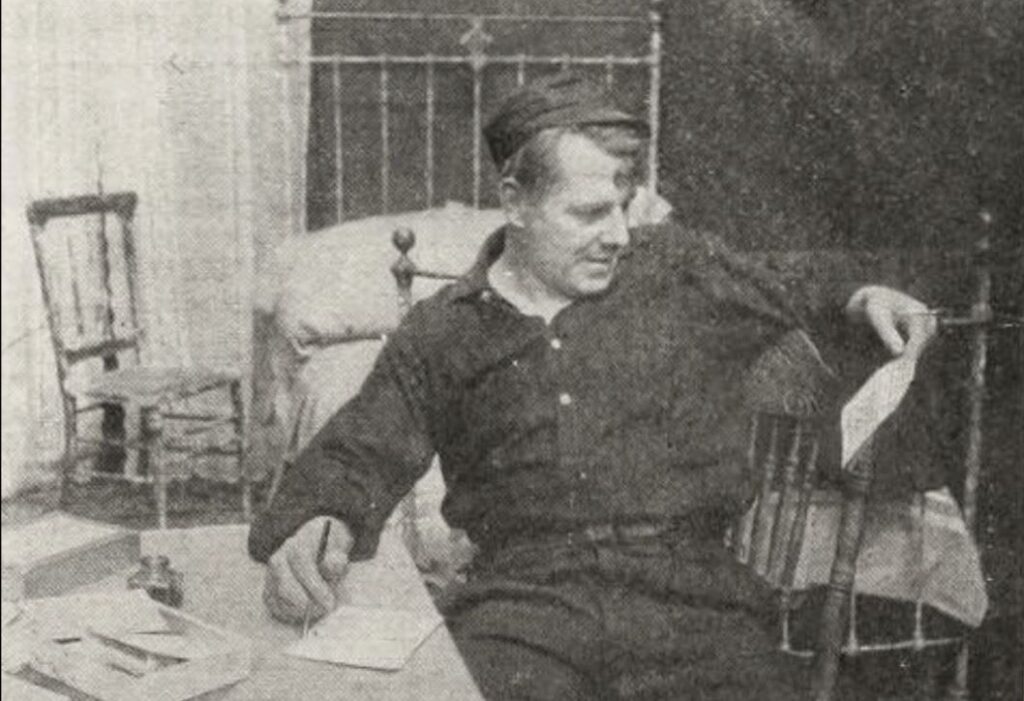
At No. 23 Middagh Street in Brooklyn Heights, in the early 20th century, lived the veteran actor, John P. “Jack” Brawn, who starred in upwards of 24 motion pictures. Most notably, he starred in the first ever trick motion picture, 1906’s “The Dream of a Rarebit Fiend.”
Brawn lived on Middagh with his wife, Ethel Brooke Ferguson, who had been his leading lady on stage and whom he married in 1903.
THE DREAM
A trippy movie, “The Dream of a Rarebit Fiend” is about a man, played by John P. Brawn, the titular “fiend,” who has an all-too-real dream after consuming a large meal of Welsh Rarebit.
His dream, rather a nightmare – the result of an upset stomach, the film implies – was likely supposed to represent the penance that could expect to be paid for the sin of gluttony connected with living a life of overabundance.
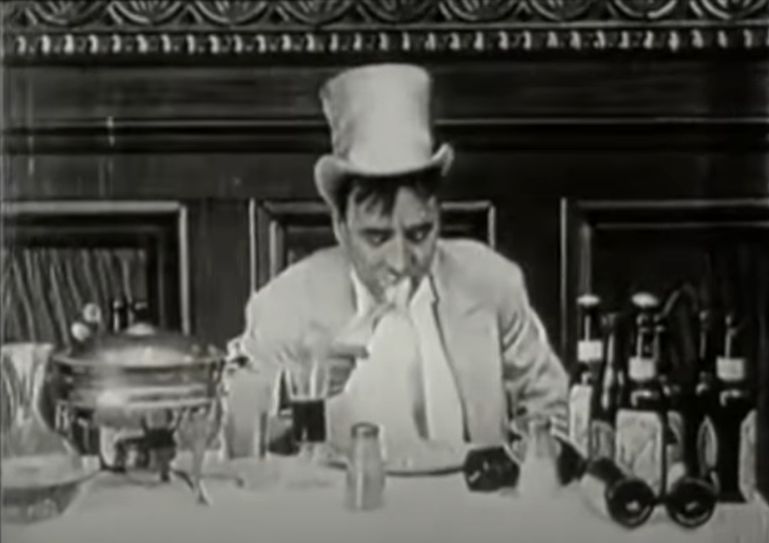
The director of the short film, Edwin S. Porter, based the film on a comic strip, using it as a vehicle to present his mastery of the technical aspects of film-making, which displayed a good deal of hands-on special effects work – double exposures, miniatures and other camera trickery.
Few cinema-goers, it is certain, would have seen a picture like this at the time.
THE PLOT
In the movie, according to the title’s Wikipedia page, the Rarebit Fiend gorges on Welsh rarebit at a restaurant. When he leaves, he begins to get dizzy as he starts to hallucinate. He desperately tries to hang onto a lamppost as the world spins all around him. Eventually, a Good Samaritan helps the Fiend get home.
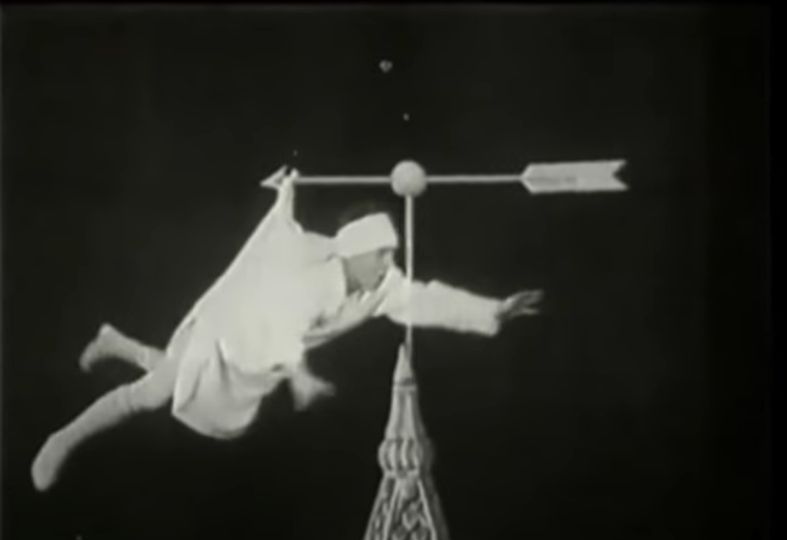
He falls into bed and begins having more hallucinatory dreams. During a dream sequence, the furniture begins moving around the room. Imps emerge from a floating Welsh rarebit container and begin poking his head as he sleeps.
His bed then begins dancing and spinning wildly around the room before flying out the window with the Fiend in it.
The bed floats across the city as the Fiend floats up and off the bed. He hangs off the back and eventually gets caught on a weathervane atop a steeple. His bedclothes tear and he falls from the sky, crashing through his bedroom ceiling.
The Fiend awakens from the dream after falling out of his bed.
The short movie virtually portends the lesson-learned-through-a-dream that would be portrayed more than three decades later in the MGM film, “The Wizard of Oz,” which features a similar plot use of an all-too-real dream that teaches the protagonist a most valuable lesson.
JACK BRAWN OF No. 23 MIDDAGH
According to his obituary in 1943, Brawn was associated with the stage for half a century. He lived for many years in Brooklyn, considered it his home, and was “discovered” by George Ryer while performing at a church benefit sponsored by Henry Ward Beecher.

His Brooklyn home was at 23 Middagh Street and his Manhattan home 44 East 56th Street.
Brawn was born in Manhattan and was known as “the boy whistler.” His first stage appearance was in “The Two Sisters” at Fred Niblo’s Gardens in 1888.
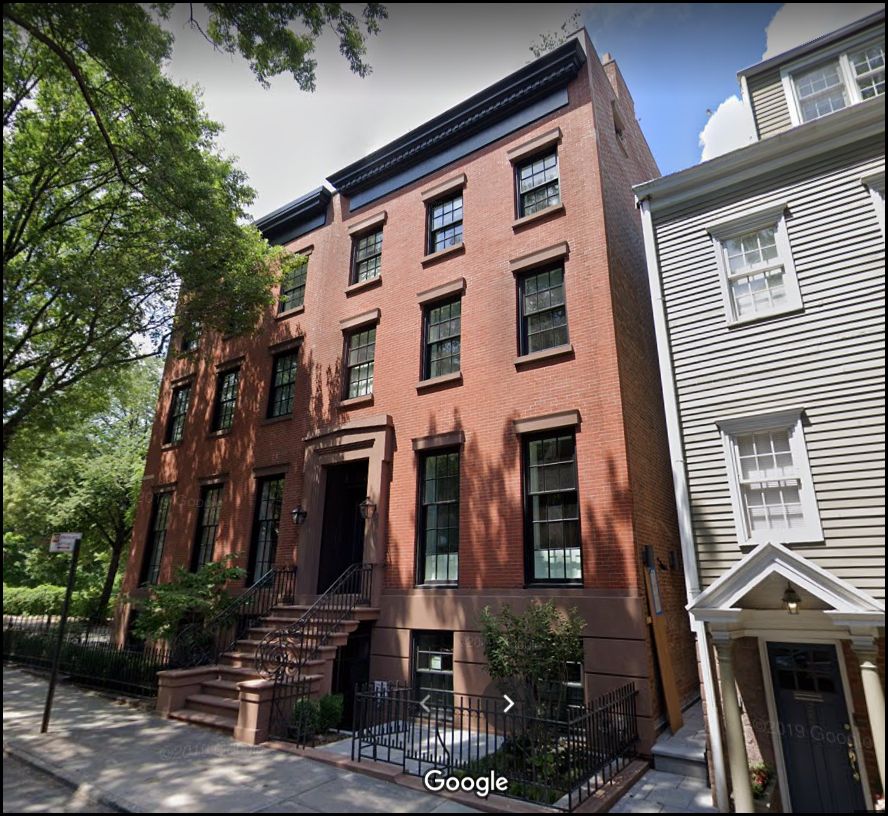
In 1894 he went on the road with the Hoyt and McKee Company and was the whistling waiter in “A Trip to Chinatown.”
In the comedy “Our New Minister” he played the part of “Skeezicks,” written especially for him. He also was in “The College Widow” and appeared under the management of Henry Savage, David Belasco, John Golden and Daniel and Charles Frohman.
He was a member of the Actors Equity Association and a life member of the Brooklyn Lodge of Elks.
POSTSCRIPT: WELSH RAREBIT
Welsh Rarebit, from which the movie takes its name, is a dish consisting of a hot cheese-based sauce served over slices of toasted bread.
The original 18th-century name of the dish was the jocular “Welsh rabbit,” which was later reinterpreted as “rarebit,” as the dish contains no rabbit.
To view the 6-minute “Dream of a Rarebit Fiend,” click the image below.
———————————————————————————————————————–
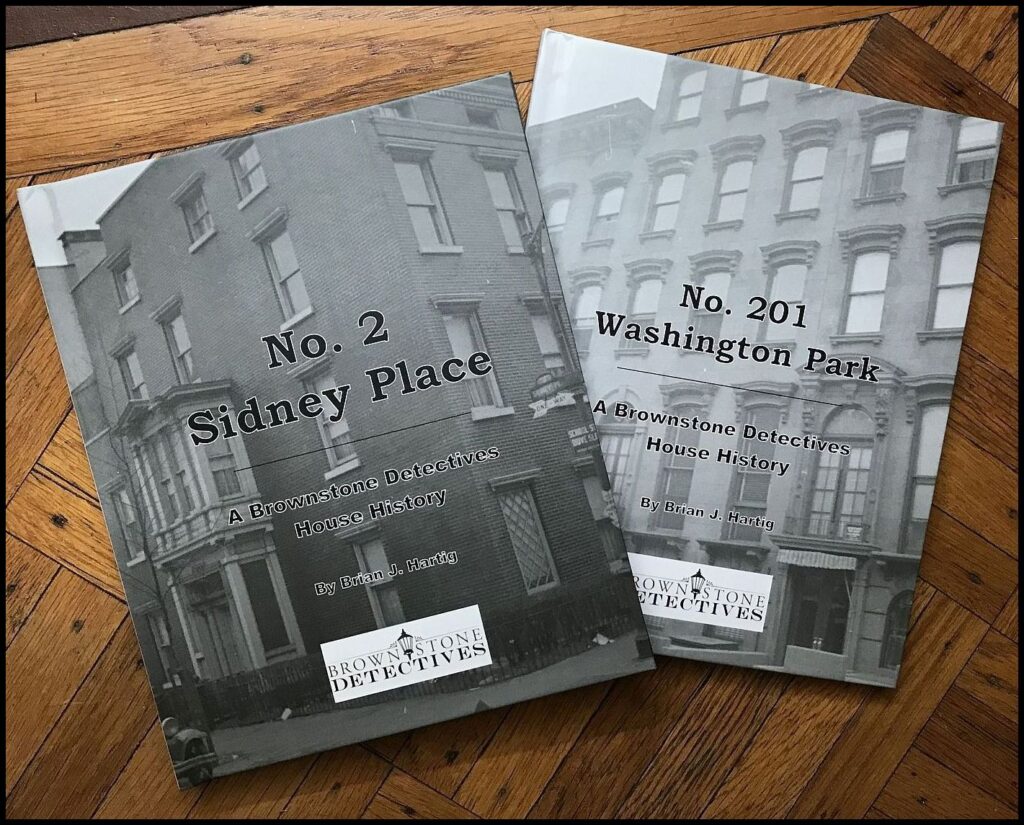 Brownstone Detectives is an historic property research agency. Our mission is to document and save the histories of our clients’ homes. From our research, we produce our celebrated House History Books and House History Reports. Contact us today to begin discovering the history of your home.
Brownstone Detectives is an historic property research agency. Our mission is to document and save the histories of our clients’ homes. From our research, we produce our celebrated House History Books and House History Reports. Contact us today to begin discovering the history of your home.